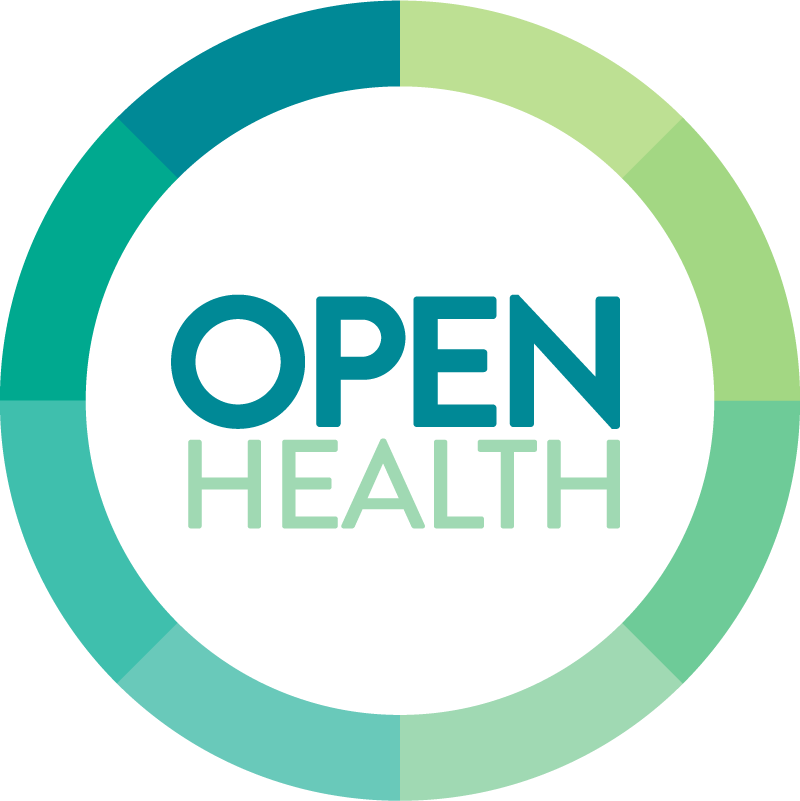Was that title eye catching enough? I ask because many of my patients are black, or African-American, and when I initially have conversations with them about heart health it often seems to be a foreign concept. That is to say they know having a healthy heart is important, but they often don’t know how to achieve or maintain this status in their everyday lives. To go one step further, when I ask if they have a family history of heart disease it’s almost certainly an affirmative response in one form or another. Considering those responses and the fact that February is also American Heart Month, I decided to write a summary about cardiovascular health disparities affecting black people and simple ways to improve those outcomes that the everyday person should know.
Health disparities are defined as preventable differences in the burden of disease, injury, violence, or opportunities to achieve optimal health that are experienced by socially disadvantaged populations.[1] A person’s race or ethnicity should not put them more at risk for having heart disease or stroke, but unfortunately, it is one factor that affects a person’s likelihood of suffering a heart attack or stroke and further affects their chances of survival if they do suffer from either. It should be no surprise to many that the African-American population are regularly plagued by many of the worst health disparities on record and those related to cardiovascular disease (CVD) are not exceptions. Among the various minority population groups, African-American men have the highest overall death rate from cardiovascular disease.[3,4] CVD age-adjusted death rates are 33% higher for the black population than for the overall population in the U.S. Also, black people are 30% more likely to die from heart disease. They are also twice as likely to have a stroke and much more likely to die from one than whites.[2]
Now I know statistics sometimes don’t make sense to people who are not fans of statistics. So allow me to present the above information in a more practical sense. Let’s say we have 100 black patients in a clinic and are watching to see how many of them are going to have a stroke over their lifespan in comparison to 100 white patients. For our example, if 40 of the 100 white patients were to have a stroke then that would mean 80 of our 100 black patients would likely have stroke. When looking at the death rates in those same 100 black patients, 33 of them are going to die of a CVD related cause before even 1 patient of another population dies of a CVD related cause in the U.S.
When I think about those statistics in that manner it hits differently. When I recognize that I can name so many patients, friends, and even family members who have suffered from some type of CVD with severe outcomes, it makes those statistics even more appalling. There are many other feelings and emotions that tend to arise the deeper you look into the data, especially reasons why black people are affected at such higher levels than others. But for me the feeling I choose to focus on is motivation. Motivation to help spread information like what was mentioned above. Motivation to educate others about CVD so that preventing it is more attainable. It just so happens that my motivation aligns with the purpose of American Heart Month.





